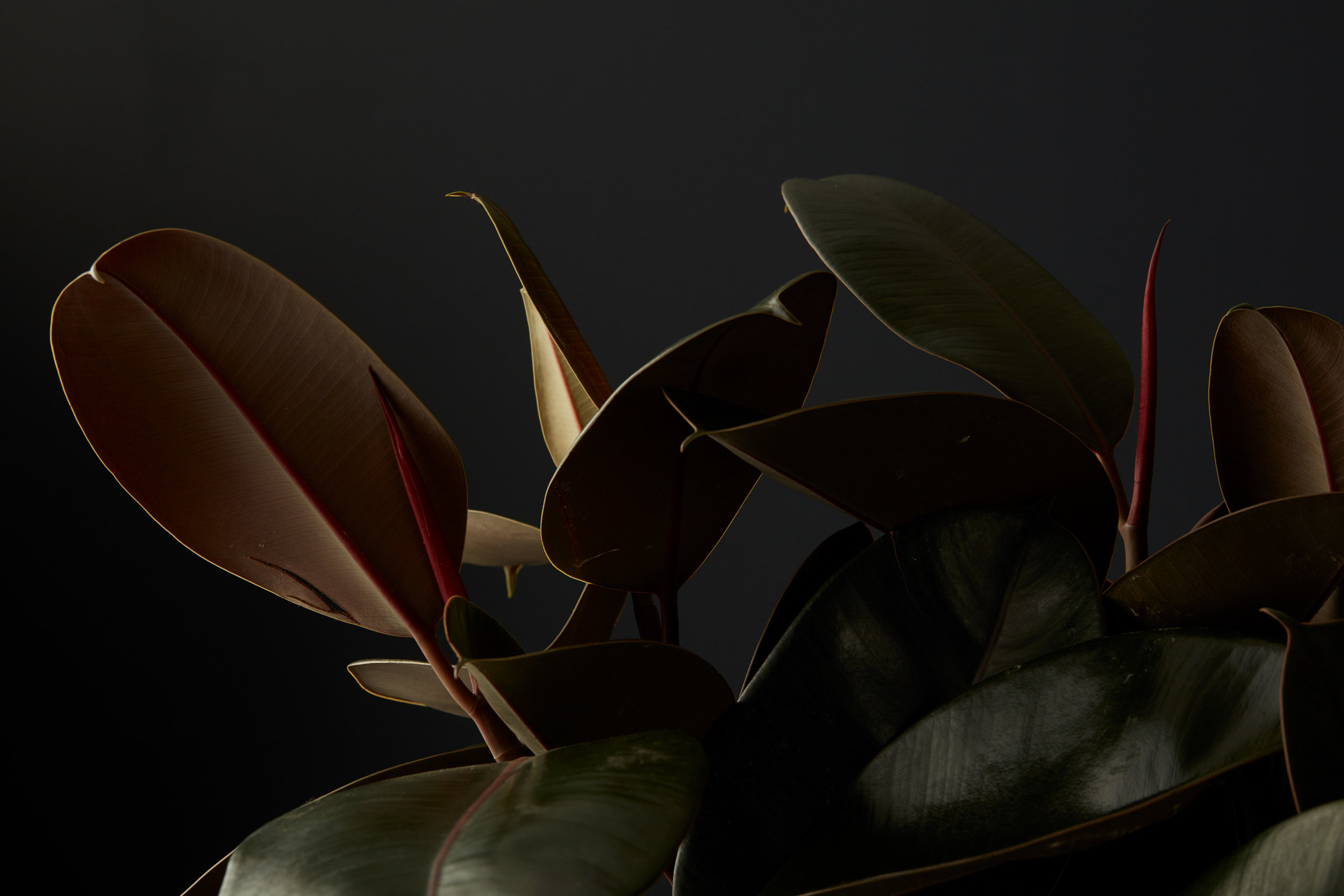
Meet Leslie
About Leslie
Leslie Kates grew up working in his family's Massachusetts hardwood lumber business, developing a knowledge and appreciation of all aspects in working with the complexities and beauty of timber, logs and lumber. After moving to the Midwest as a young adult, he continued his ties to this natural element by continuing to work with wood as a hobbyist, building cabinetry and other projects. When his children were small, he started to whittle, earning his full share of nicks and cuts. He subsequently studied the art of sculpture and began using the mallet and chisel on hardwood logs.
Leslie starts the process of creating a wood sculpture by selecting logs in various hardwoods, such as maple, cherry, mulberry, walnut, apple, pear, willow, butternut, elm and other "grain distinctive hardwoods and drying them for one to two years. When a log's moisture content is adequately reduced, he takes it off the drying rack and studies it, often for a week or two. He strips off the bark, removes any defects (such as knots, checks-cracks, dry-rot etc) that are visible, then sketches a design onto the wood and starts roughing out the design using a heavy chisel and a chainsaw and other specialty power tools.. He has to remain alert to defects that he may uncover as he gets further into the process, often re-working the design to avoid those defects or, sometimes even incorporating them. Even throughout the shaping process, cracks (checks) often appear or become greater. This is a natural phenomenon when dealing with logs, since they do take on and lose moisture as the sculpting continues causing expansion/contraction which causes the grain to split. When this occurs, epoxy and/or glue mixed with the actual sawdust from the log, it is mixed and the checks filled. The same check (crack) is usually filled many times since the surface is always being reduced during the sculpting process.
Next, he shapes and refines the design, working in round, until it gets to its final shape. He uses hand rasps, power die grinders and sanders to even off the chisel marks, then uses fine files and sandpaper, starting at 35 to 50 grit and progressing to the very fine 1200 grit and finer. He starts the finishing process by putting several coats of linseed oil on the sculpture, hand-rubbing and wet sanding after each coat. He then applies two to three coats of polyurethane.
Each piece takes two to four months to complete, and Leslie usually works on one at a time. The finished pieces have a satiny smooth surface, and the high polishing brings out their highlights, focusing attention on the wood grain and the evocative shapes and tactile properties of the piece.
Artist's Statement
I find wood sculpture intriguing. I usually let the configuration of the log I'm working on determine what I'm going to do with it, because of the defects, splits and anything else that can happen to wood. Even after I decide what I'm going to do, I change direction most times. I usually take a log, carve out all the defects I can see, then design the sculpture based on what the piece gives me to work with. I picture what I'm going to do. It's working in three dimensions, so I have to keep moving it around.
It's a very good release physically. If you're upset with something, you just take a chisel and hit away. It also keeps you mentally alert, if you want any fingers left. The great satisfaction is when you finish a piece down to the sanding, to look at the grain within the finish. That, to me, is as important as the shape of the piece itself.
Thru experience, I have found that most hardwood logs are best for my work, as they are true to the chisel, and have beautiful grains and color variations, as they are formed by the sculptor.
